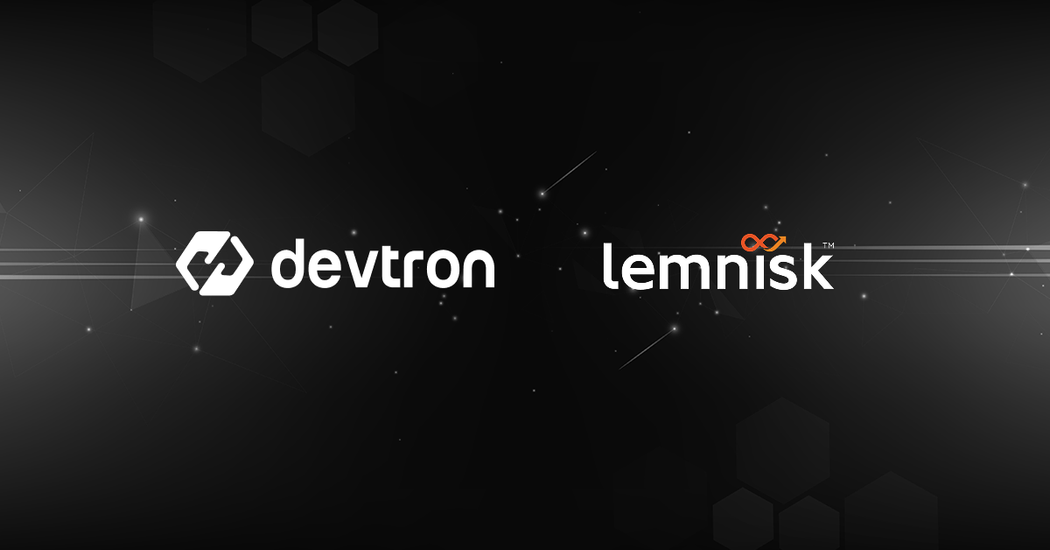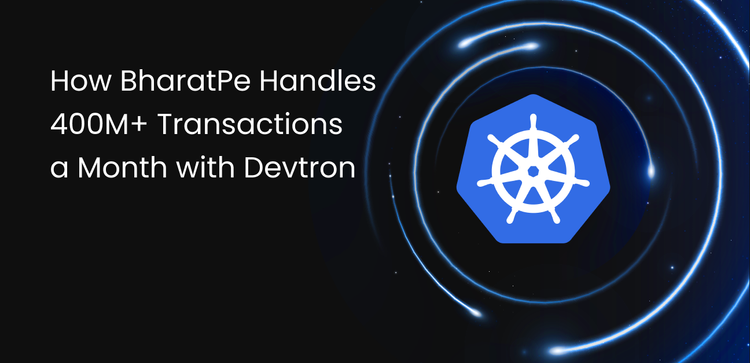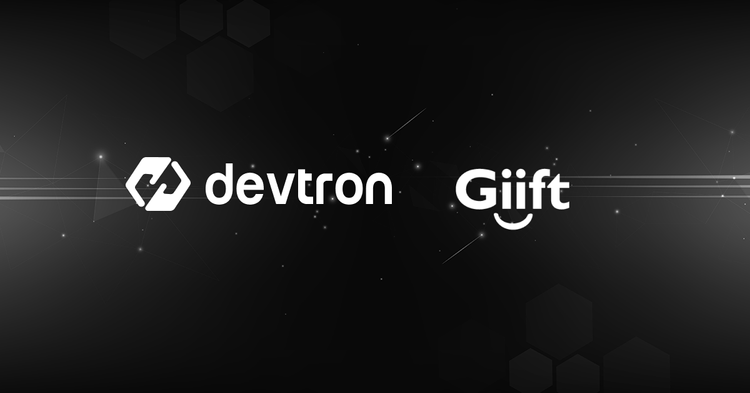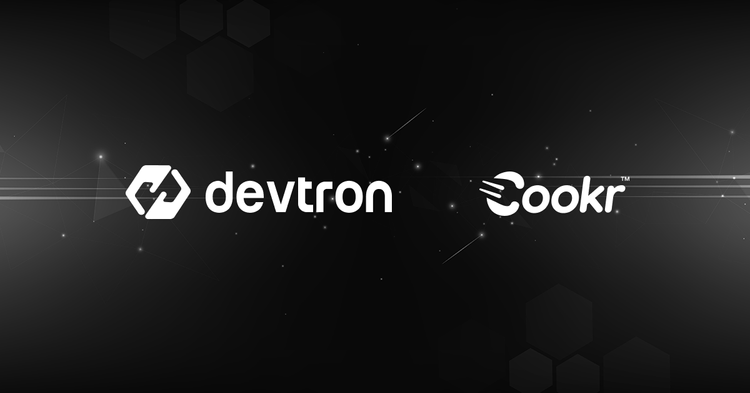Achieved Milestones
- 80% Reduction in MTTR
- 70% Faster Time to Market
- 60% Increase in Developer Productivity
- Self-serve Enabled for Multiple Teams
- Streamlined Continuous Delivery Across Environments
About the Company
Lemnisk's AI-driven Customer Data Platform and real-time marketing automation solution deliver superior customer experiences, leading to increased conversions, retention, and growth for enterprises.
Key Capabilities
- Real-time User Resolution: Seamlessly unify customer identities across data sources and channels.
- Personalized Experiences: Deliver 1:1 customized engagements across multiple marketing channels.
- AI-powered Orchestration: Use the proprietary in-built AI engine, Ramanujan, to drive customer journeys at the right time and channel.
Founded by Subra Krishnan, Rinku Ghosh, and Praveen DS, Lemnisk is headquartered in Bangalore, with offices in Singapore, Dubai, and Boston. The company is ISO 27001 and ISO 27018 certified.
Background
Lemnisk, as a technology-driven company, has innovation at the core of its Customer Data Platform (CDP). The platform aggregates and unifies customer data using AI, Kubernetes, AWS, and containerized microservices.
Initially relying on manual EC2 deployments, the evolution led to Jenkins-based CI/CD pipelines and eventually, Kubernetes. However, Kubernetes introduced complexity, requiring a more native, automated solution.
To address these challenges, Devtron’s Distribution Platform was adopted, simplifying deployments, reducing dependencies on DevOps, and enabling multi-tenant software distribution.
Challenges Faced
While adopting CI/CD pipelines for Kubernetes using Jenkins, the solution fell short of meeting the demands of a Kubernetes-native ecosystem. Being inherently non-cloud-native, Jenkins posed significant limitations, especially when coupled with the steep learning curve and operational complexities of Kubernetes. Additionally, Day-2 operations, such as scaling, monitoring, and troubleshooting, became increasingly challenging.
Some of the key challenges faced:
- Manual Deployments: Despite using Jenkins, the process required the manual creation and triggering of pipelines. This approach was not only time-consuming but also prone to human errors, affecting the consistency and reliability of deployments.
- Inefficient CI/CD Workflow: Jenkins, being ill-suited for Kubernetes-native environments, made pipeline management cumbersome. The lack of native Kubernetes integration led to challenges in gaining visibility into the pipelines running on Kubernetes. Furthermore, upgrading and managing Jenkins versions, along with maintaining compatibility for numerous plugins, became a complex and labor-intensive process.
- Complex Kubernetes Configuration: Writing and maintaining Kubernetes manifests demanded deep domain expertise. For every new workload, custom manifest files had to be created, making it challenging to maintain consistency across customers and environments. This added complexity to the deployment process and increased the risk of configuration drift.
- High DevOps Dependencies: Kubernetes’ inherent complexity made it difficult for developers to independently manage their microservices, resulting in heavy reliance on the DevOps team. Tasks like building, deploying, and debugging microservices required frequent intervention from DevOps, further increasing bottlenecks. Debugging issues, such as analyzing logs or events, also depended heavily on DevOps assistance.
- Tedious Periodic Maintenance: Jenkins required regular maintenance, including applying security patches, upgrading the platform, and ensuring plugin compatibility with newer versions. This periodic upkeep was resource-intensive, involving manual labor and diverting focus from core development activities.
- Difficult Software Distribution: Creating workflows to distribute software across multiple customers and multiple environments—whether hybrid or on-prem—was a major challenge. At the time, software distribution across multiple customers or diverse environments wasn’t actively pursued due to the absence of streamlined methods or the right tools.
After adopting Devtron’s Distribution Platform, the ability to efficiently distribute software to different customers and environments was unlocked. Devtron simplified the complexities involved, enabling seamless and scalable software delivery across hybrid and on-premises infrastructures.
Solution: Devtron’s Distribution Platform
To overcome the challenges of scaling deployments, managing Kubernetes complexities, and unlocking new capabilities like multi-customer software distribution, Devtron’s Software Distribution Platform was leveraged.
Key Features Leveraged
- Kubernetes-native CI/CD: Enabled seamless CI/CD workflows tailored for Kubernetes, eliminating the inefficiencies and complexities associated with traditional CI/CD tools like Jenkins.
- Fine-Grained RBAC: Secured and controlled access for teams, ensuring only authorized users could perform specific actions on deployments and configurations.
- Image Promotion: Simplified the process of promoting container images between environments, ensuring consistent and error-free deployments across development, staging, and production environments.
- Developer Self-Serve: Reduced the dependency on DevOps teams, empowering developers to build, deploy, and troubleshoot their microservices independently.
- Integrated Build/Deployment Plugins: Allowed the automation of critical tasks such as distributing container images to multiple registries and automating Elasticsearch snapshots directly within CI/CD pipelines.
- Deployment Filtering: Provided precise control over which software versions were deployed to specific customers or environments.
- Winter Soldier: Enabled time-based scaling, optimizing costs for lower environments by automatically scaling down development and staging environments after a pre-defined time-to-live (TTL).
- Helm Lifecycle Management: Simplified Helm-based deployment and logging stack integration.
- Hybrid & On-Prem Deployments: Unlocked the ability to distribute software seamlessly across hybrid and on-premise environments, helping to design and execute complex deployment workflows across multiple clouds and clusters, as well as on-premise infrastructure.
- OCI Registry Management: Facilitated efficient management of OCI-compliant registries, ensuring streamlined container image storage, retrieval, and distribution across environments.
- Devtron Kubernetes Dashboard: Provided comprehensive visibility into clusters and workloads, enabling seamless rollout of new releases to customers’ infrastructure through a hub-and-spoke model.
Results & Business Impact
Significant operational improvements were achieved:
- 80% Reduction in MTTR: Faster issue resolution through better visibility and automation.
- 70% Faster Time to Market: Streamlined pipelines accelerated feature releases.
- 60% Increase in Developer Productivity: Developers gained autonomy over deployments and debugging.
- Effortless Software Distribution: Seamless multi-customer deployments across hybrid and on-premise infrastructures.
~ said Somanath Reddy, Principal Engineer at Lemnisk
Conclusion
By partnering with Devtron, Kubernetes-based CI/CD workflows were optimized, unlocking multi-customer software distribution. This transformation led to faster releases, reduced DevOps dependencies, and scalable deployments across diverse environments.
With Devtron’s Kubernetes-native tools, operations have been future-proofed, allowing for a focus on innovation while minimizing deployment complexities. This strategic collaboration showcases the impact of the right technology partnership in driving agility, operational efficiency, and new revenue opportunities.







